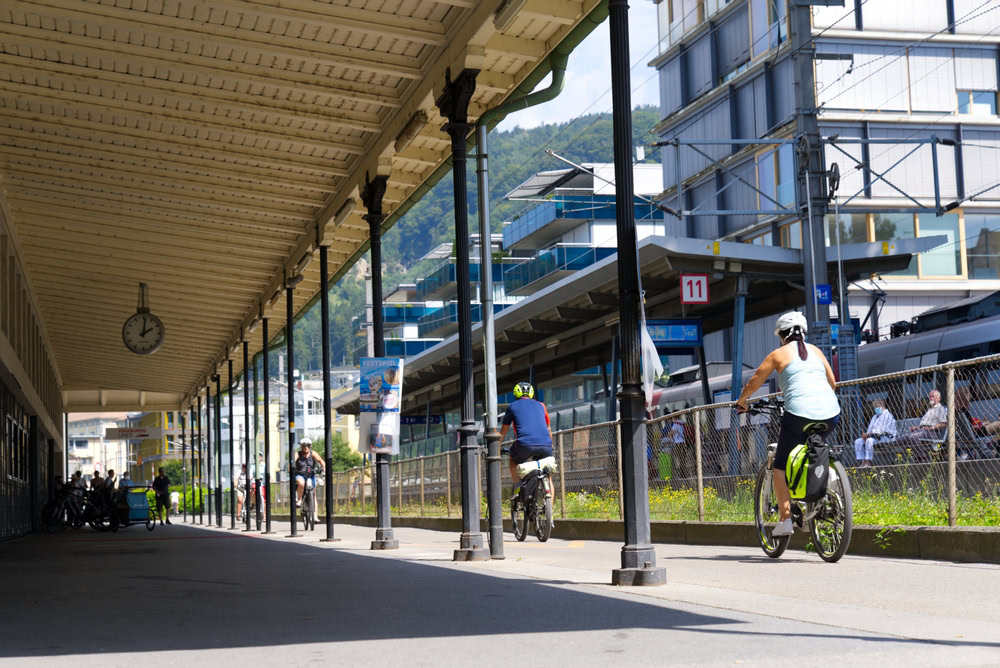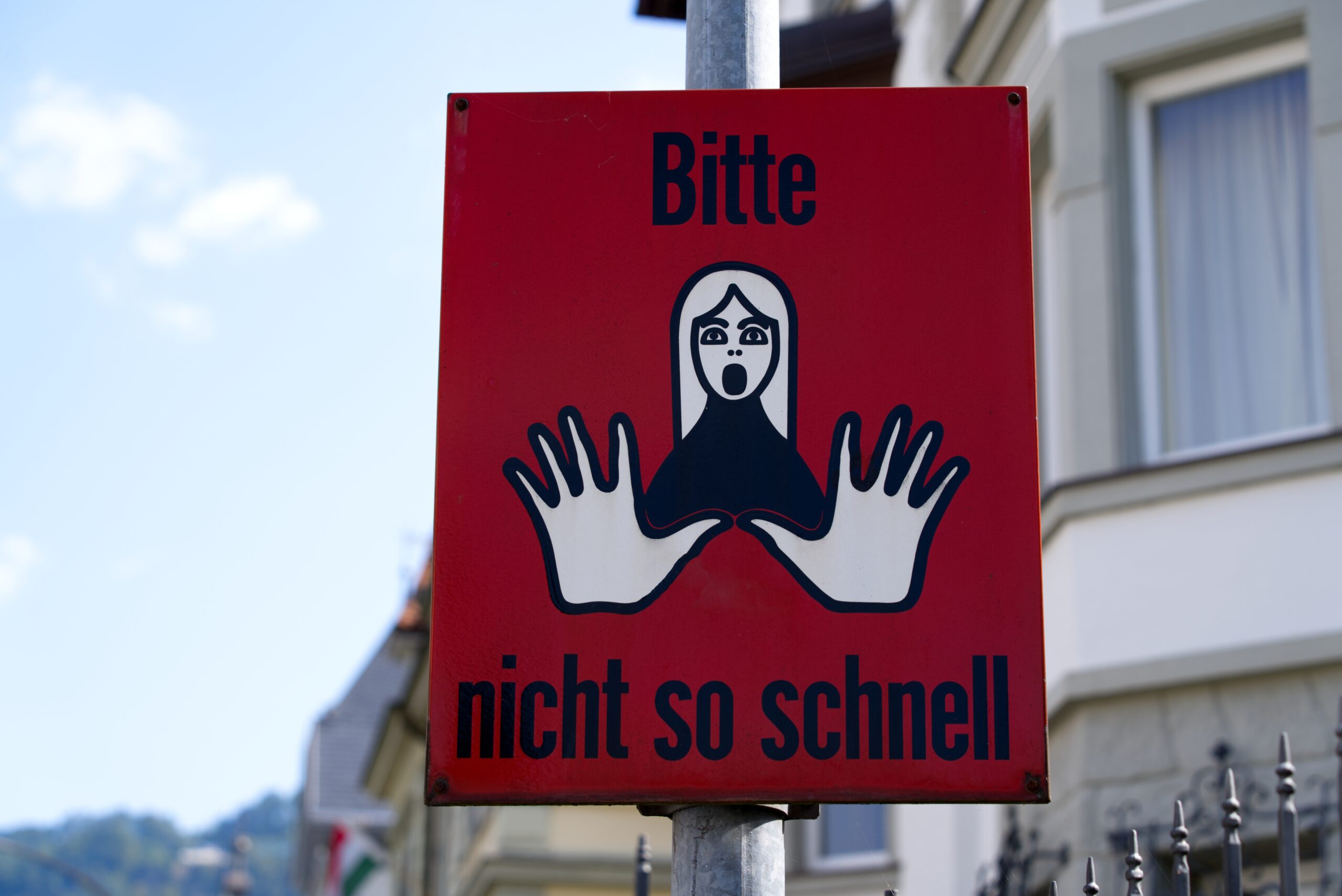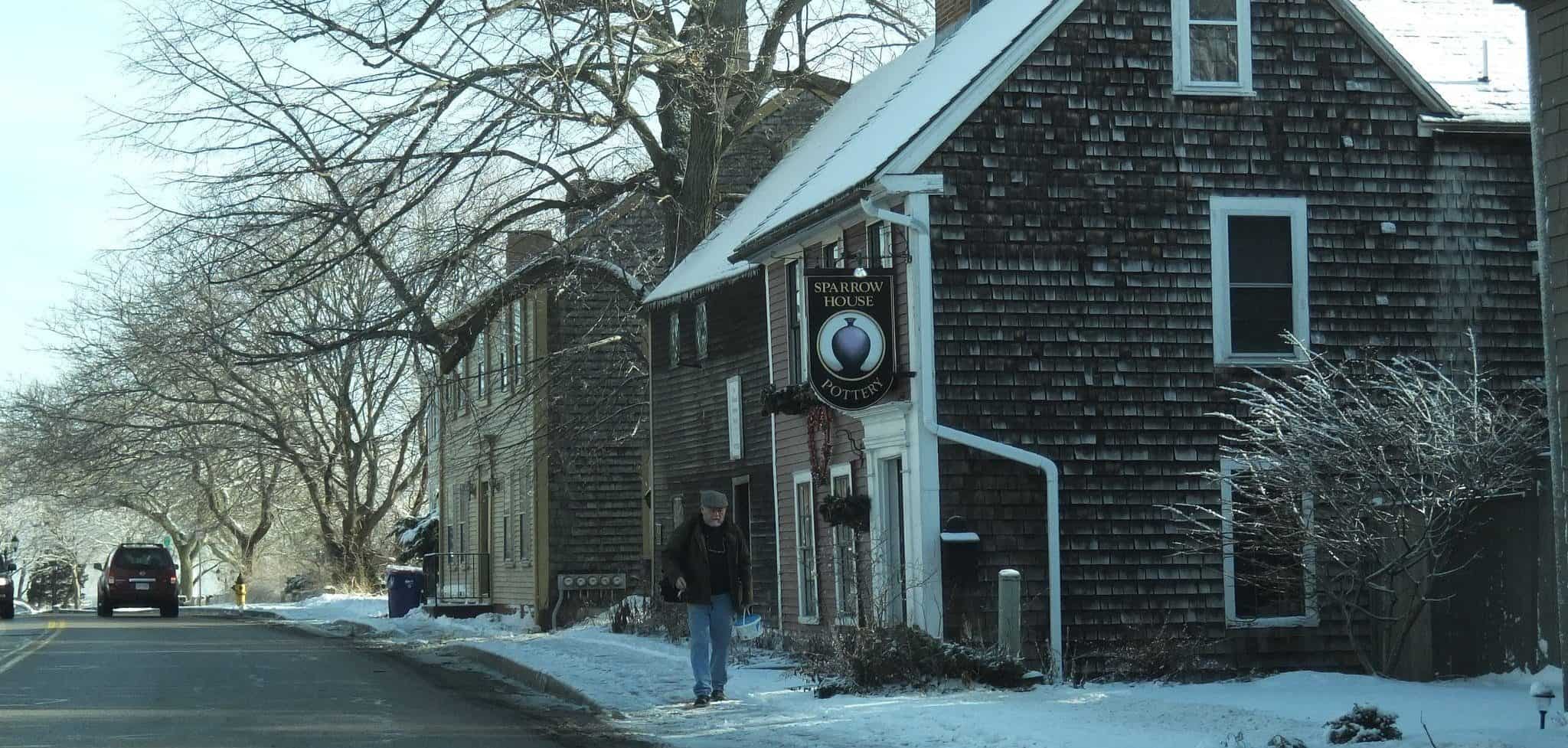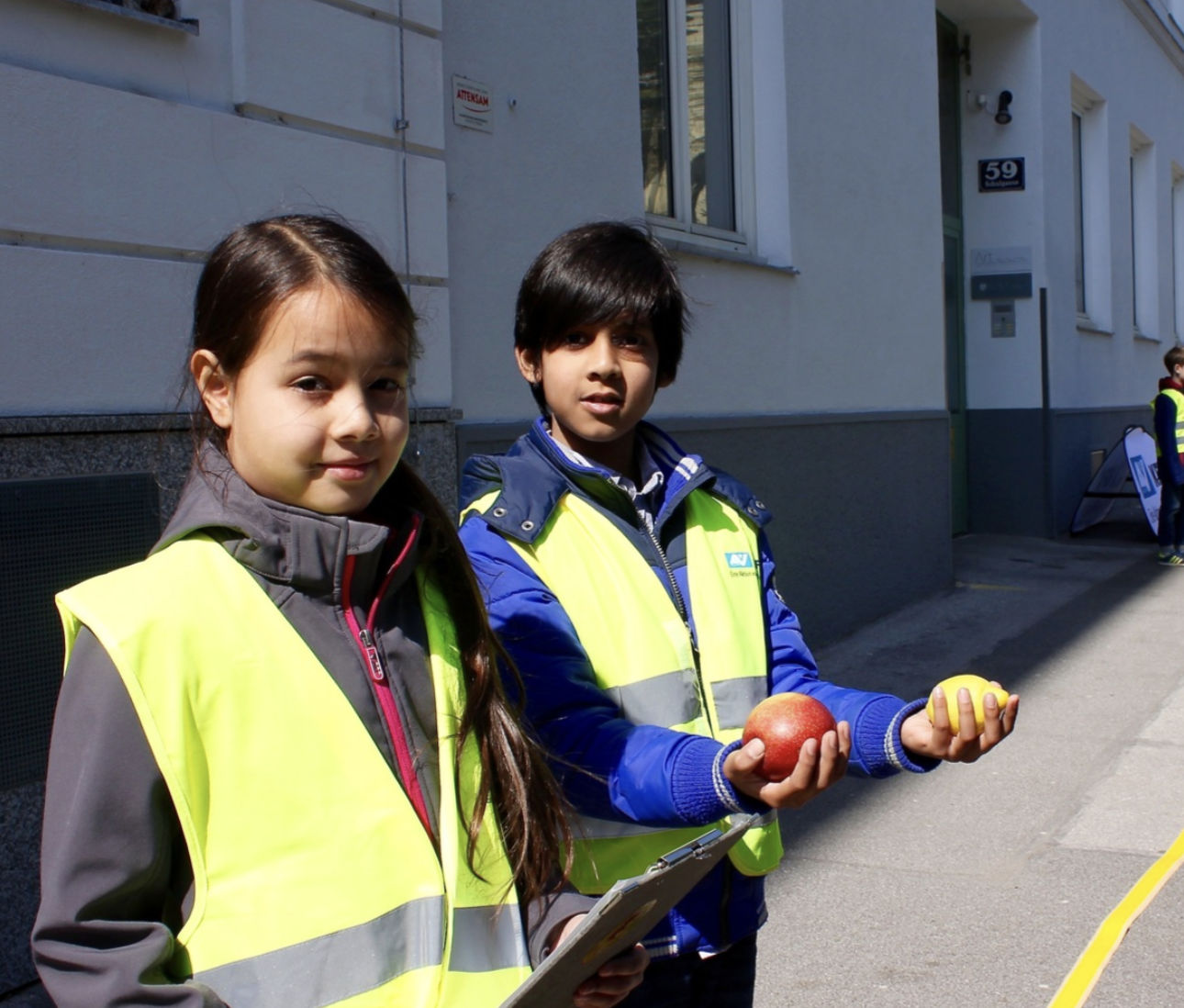This is part three of a three-part series about smart ways cities are solving the problems caused by cars. Read part one here and part two here.
Dipping its toes into the blue waters of Lake Constance, with Switzerland and Germany a stone’s throw away and forested hills all around, Bregenz is an idyllic old Austrian town dealing with a very modern problem: traffic. “We’re not a big city, with only 30,000 inhabitants, but there’s a lot of traffic both within and passing through the city,” explains Cyril Brückner, a transportation planner for the city.
For Barbara and Christian Tuerr, who live on a busy state road five minutes’ walk from the city center, this problem impacts their lives every day. “For us the main issue is the noise. Cars are twice as heavy as they used to be, their tires are twice as broad, and that just makes a lot of noise,” explains Christian Tuerr.
They’re not alone in this predicament. According to the World Health Organization, traffic noise — including road, rail and air traffic — is the second most important cause of ill health in Western Europe, especially impacting children, the elderly and the chronically ill. The Tuerrs started a citizens’ initiative for a reduced speed limit in the city, inspired by nearby German cities like Stuttgart and Konstanz, which have slowed down to combat traffic noise. “We saw in Germany that it’s possible, so why not here?” says Christian Tuerr. Their first win came last year, when the speed limit of the state road running past their house was reduced from 60 kilometers per hour to 50 kilometers per hour. In February of this year, Bregenz implemented a general 30 kilometers per hour (about 19 miles per hour) speed limit for local roads (though not state roads, which are under the purview of the state of Vorarlberg), joining a growing list of European cities that are slowing down in favor of safety, better quality of life and sustainable transportation.

The various initiatives — known as Tempo 30 in German-speaking countries, City 30 across Europe, Love30 by the WHO and 20’s Plenty in the UK and the US, the latter referring to miles per hour — have been gaining steam in recent years. Paris and Brussels introduced a default speed limit of 30 kilometers per hour in 2021, Lyons in 2022 and Bologna in early 2024, with Milan and Parma planning to follow suit this year. Beyond the EU, Wales introduced a 20 mph limit as the default for all residential roads in September 2023, and a couple of US cities, like Portland, have begun reducing their residential speed limit to 20 mph.
View this post on Instagram
Many of these places took their inspiration from Graz, Austria’s second-largest city. In 1992 it became the first major city in Europe to implement a general 30 kilometers per hour limit on all but its main roads, covering 80 percent of the road network. The concerns back then were no different from those still heard today: The traffic will come to a standstill, there will be more noise and emissions from cars crawling through the city at a snail’s pace, the few main roads still allowing a higher speed limit will be overwhelmed. But extensive studies in the two-year pilot phase were able to disprove those arguments — the noise level dropped, as did the emissions, and due to smoother traffic flow the average speed was only reduced by 0.5 kilometers per hour. Newer data from other European cities confirms these findings.
Crushed by negative news?
Sign up for the Reasons to be Cheerful newsletter.Statistics aside, it is simply more pleasant to cycle, walk and live in cities that aren’t plagued by traffic noise and stressed-out drivers, making lower speed limits a crucial step in improving quality of life in urban areas, promoting active mobility and reducing people’s dependence on cars for short-range journeys. The residents of Graz came to the same conclusion: Two years after the introduction of the reduced speed limit, its popularity with residents rose from 44 percent to 77 percent, and has continued to grow since.
While it’s easy to dismiss something as amorphous as an improvement in quality of life, the dramatic reduction in traffic fatalities makes a stark case for what is often initially an unpopular measure. In Graz the number of accidents leading to serious injuries has dropped by 24 percent, despite an increase in the number of residents and traffic volume. “At 30 kilometers per hour the braking distance is cut in half,” explains Lina Mosshammer, a mobility expert at VCÖ, a nonprofit advocating for environmentally sustainable and socially inclusive mobility. “And there is a four to five times higher chance of death if the car is driving at 50 instead of 30 kilometres per hour.” Overall, each one kilometer per hour increase in average speed results in a three percent higher risk of a crash and a four to five percent higher risk of fatalities.

Opponents also point out that the drop in emissions is minimal in this speed range and that driving slowly is, well, annoying when you’re trying to get places. “There isn’t that much of a direct environmental impact, but an indirect one,” says Mosshammer. When it’s safer and more pleasant to cycle and walk, this informs people’s transportation choices, and studies show that a low speed limit is the number one factor in people choosing to cycle more. “This especially impacts families, because if you’re cycling with children, it’s even more important to have a safe cycling infrastructure or a street with a 30 kilometers per hour speed limit,” adds Mosshammer. Children also spend twice as long playing outdoors in areas with a 30 kilometers per hour speed limit, and if driving short distances or cutting through residential areas is no longer the default option, that’s yet another step in creating cities that prioritize people over their cars.
For cities looking to slow down, the implementation of a general 30 kilometers per hour speed limit is a big undertaking, and not only due to the daunting bureaucratic obstacle course standing in the way. After successfully negotiating a new speed limit comes the gargantuan task of convincing drivers to stick to it — in Austria, 72 percent of cars don’t.
In Graz, implementing and maintaining a 30 kilometers per hour speed limit has been an ongoing effort, explains Thomas Fischer, head of the city’s roads department. He advocates for a three-pronged approach, combining public awareness campaigns, road design and speed control. When the speed limit was first reduced in 1992, school children accompanied policemen on speed controls, giving apples to drivers who stuck to the speed limit and lemons to those who didn’t — the first in many public outreach campaigns that continue to this day.
“The campaigns are a small building block, but a self-explaining road is also an essential component,” stresses Fischer. Self-explaining roads, a concept originating in the Netherlands, encourage safer driving behaviour through their design. While straight, broad streets practically invite speeding, narrower streets with more greenery, landscaped community islands, a painted cycling strip and other design elements that limit forward visibility and highlight the residential nature of the area help drivers adopt a more sedate pace. Redesigning an entire city with this in mind is an expensive endeavor, but cheaper solutions can have a big effect, like painting the street, redesigning on-street parking or using movable planters and street furniture to make the road narrower or create a meandering driving path. Finally, Graz has an extensive network of speeding cameras in its residential areas and is not shy about issuing fines. As Fischer points out, “Any regulation is only effective if it can be enforced.”
After implementing its own general speed limit, Bregenz is learning this first-hand. “In the mornings we walk to the baker around the corner with our dog, there are school children milling all around and nobody is sticking to the speed limit, which is really a shame. We’re hoping it just takes some more time,” says Christian Tuerr. Brücker agrees that there’s still a lot of work to be done, especially on four large roads that might need to be redesigned, but there are no firm plans yet. “It’s important to start in the living rooms of the Bregenzer, raise awareness, launch a campaign, only then can we go out into the street, so to speak.”
It’s no small feat, but as cities across Europe have shown, the impact of a 30 kilometers per hour speed limit is much larger than the sum of its parts. For Christian Tuerr, the hope is not only for less noise, pollution and traffic fatalities, but for a large-scale shift in urban life: “We’re in a climate emergency. We have to make cities more livable so people don’t have to move to the countryside just to have some peace and quiet and then commute to town. The quality of life needs to increase right here, in these densely populated areas, so that people only have short distances to cover and this madness, this constant driving back and forth, can stop.”









